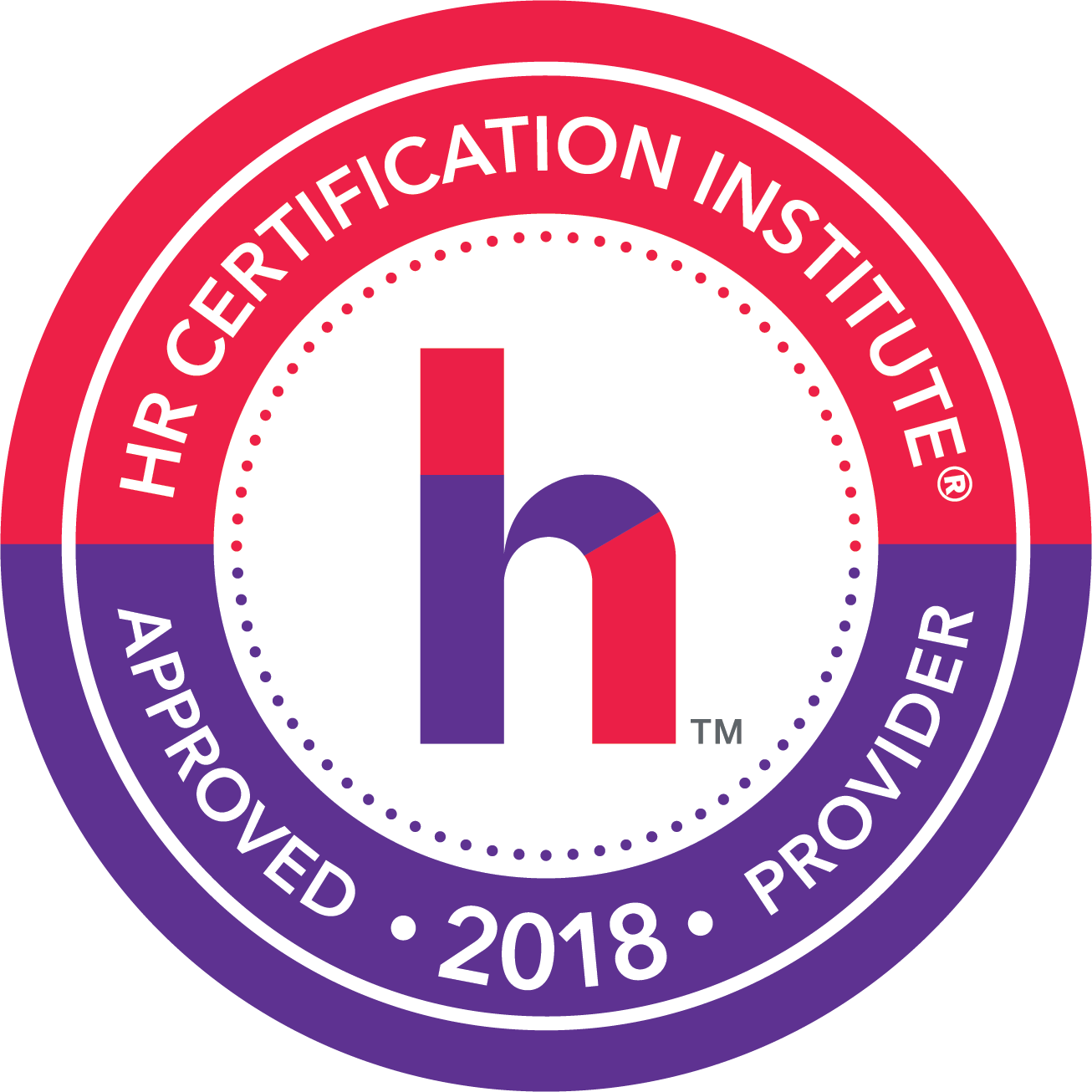Implementing the ACA, HIPPA, GINA, ADA, and Title VII Discrimination Laws into Your Organization’s Wellness Strategy
Susan Fahey Desmond is a principal with Jackson Lewis PC. She has been representing management in all areas of labor and employment law for over 30 years. A noted author and speaker, Ms. Desmond is listed in Best Lawyers in America and has been named by Chambers USA as one of America’s leading business lawyers.

This webinar has been approved for 1 HR (General) recertification credit hours toward aPHR™, PHR®, PHRca®, SPHR®, GPHR®, PHRi™ and SPHRi™ recertification through HR Certification Institute® (HRCI®). Please make note of the activity ID number on your recertification application form. For more information about certification or recertification, please visit the HR Certification Institute website at www.hrci.org.
For any further assistance please contact us at support@grceducators.com

The federal government believes wellness programs can cut healthcare costs and decrease the cost of employer-sponsored health insurance by promoting health and preventing disease. The new federal regulations have divided wellness programs into two types with specific rules for each. A major piece of the regulations addresses the issue of employment discrimination based on health/disability, age, gender, and other protected classes. The U. S. Department of Labor, the Treasury, and Health and Human Services regulations require that regardless of the type of wellness program, every individual participating should be able to receive the full amount of any reward or incentive, regardless of any health factor. Specific regulations have been created to prevent employee discrimination in wellness programs.
Learning Objectives
- Discrimination laws will refer to civil rights discrimination such as GINA (genetic information non-discrimination act), ADA (American Disabilities Act), Title VII (1964 workplace anti-discrimination act), ADEA (Age Discrimination in Employment Act)
- HIPAA( Health Insurance Portability and Accountability Act)
- Challenges include: designing, developing, and implementing an employer wellness program for employees without violating the various civil rights laws and the ACA
- Financial incentives include: healthcare cost containment when implementing a wellness program, diminishing liability when designing the program with the required laws in place
- To differentiate between the two major types of wellness programs and why it matters
- To list the four standards required by the ACA for health-contingent wellness programs to follow to ensure nondiscrimination
- To discuss HIPAA and specific discrimination laws and their requirements for compliance in wellness programs
- To contrast the reasonable alternative standard for activity-based wellness programs and the reasonable alternative standard for outcome-based plans To list the steps in designing, developing, implementing, and evaluating a comprehensive wellness strategy
Who Should Attend
Any industry would benefit from this webinar that is either considering a wellness program, is looking at expanding its existing program, or is just wanting to increase its knowledge about the legal aspects of its wellness strategy. Specific job titles would be VP/Director/Manager of HR, Wellness coordinator/committee members, managers, Wellness program employees
Why Should You Attend
- Internet resources for a variety of wellness planning guidelines
- EEOC Internet resources regarding GINA, the ADA, and compliance with the EEOC
- Copy of Q and A from the U.S. Department of Health and Human Services regarding HIPAA and wellness programs
- Sample wellness strategy mission statements, goals, and objectives
- Decision-making chart when implementing a wellness program
- Copy of a portion of HIPPA regarding Wellness programs from the Department of Health and Human Services
-
$200.00
-


